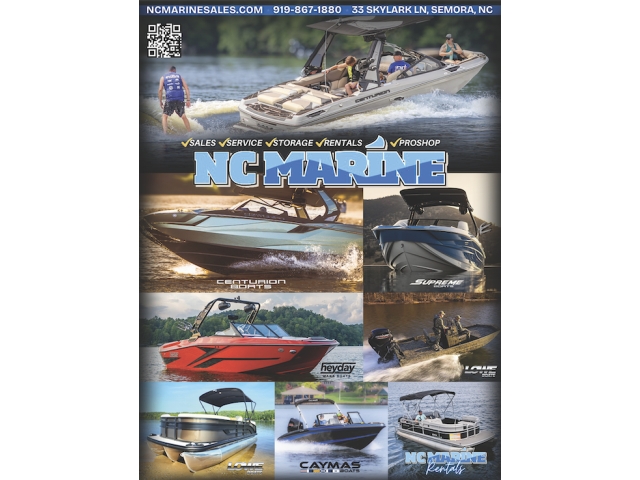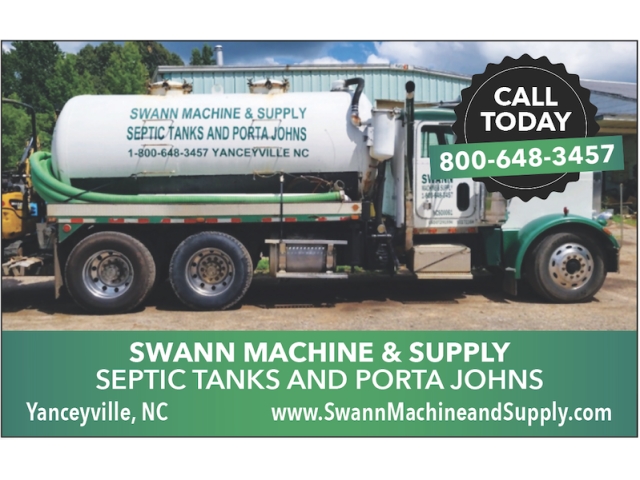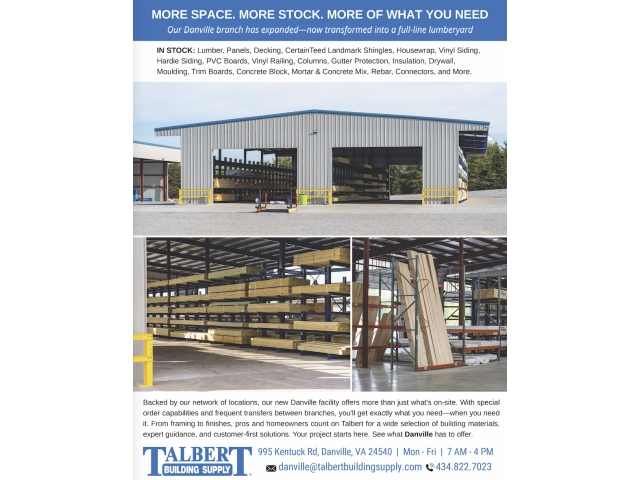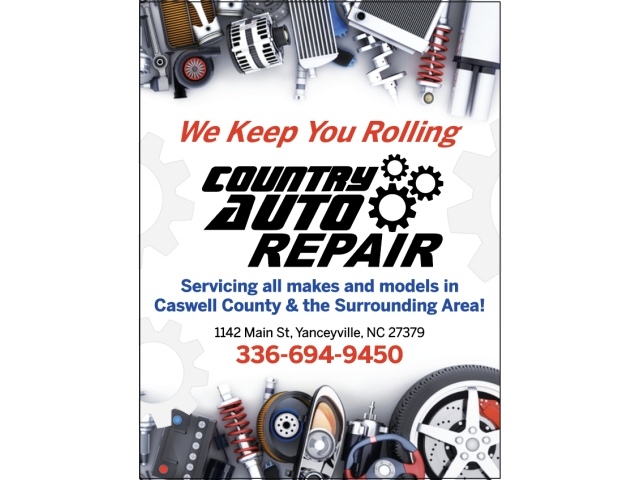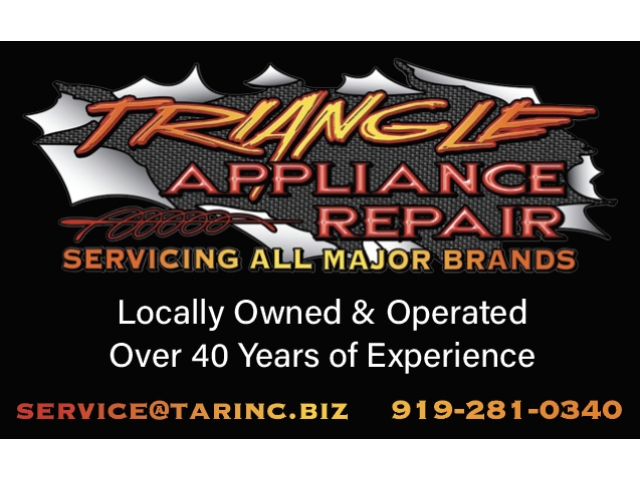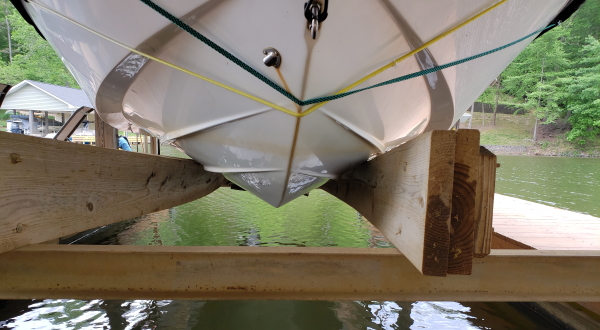
HYCO LAKE, NC- Imagine sitting on the dock, enjoying the sun, watching family members frolicking in the lake when, suddenly, a loud screeching sound travels across the water from a neighboring dock as a boat is lowered in a lift, disrupting the tranquility of the moment.
This happens every day as people enjoy their toys on the lake. The root cause of the piercing screech is an unmaintained lift. Lifts consist of multiple moving parts that need to be maintained for smooth operation. Most people turn a blind eye to basic maintenance. People wipe down their boats, vacuum the interior, and wash off their decks, but never cast an eye upwards to the lift hanging from the ceiling. Whether the dock has a center- or side-mounted lift, the function and care is the same.
The most obvious part of the lift is the motor. Like any motor with moving parts, it requires routine maintenance. A lift motor and roll-up bar have grease fittings. Located on each motor and bar are nipples which allow grease to be injected using a grease gun. This should be done at least twice a year – in spring and fall – to keep the inner bearings well lubricated and operating smoothly.
The Key Component
Located on the exterior of the motor is a small gear wheel which drives the belt onto a larger wheel and provides the power to hoist the weight on the lift. The key component in this system is the rubber belt that connects the motor to the lift assembly.
Being made of stiff rubber, this belt is subject to dry rot, wear, and damage. Some belts are smooth surfaced, and others have small teeth for grip. Examining the belt routinely will ensure that any wear is identified, and the belt can easily be replaced before any potential damage to the lift or the boat in it.
The cradle of the lift is the apparatus that the boat sits on to be hoisted from the water. It is constructed of steel beams which run across the width of the slip and are attached to the cables. The runners sit on top of the beams, run the length of the slip, and connect the two beams.
These are made from either wood with carpet lining the top to protect the boat, or metal with a rubber coating for protection. If a dock has wood runners, it is important to inspect the condition of the wood. Any splitting or bowing are signs of need for replacement. If the runners are metal, the rubber gasket on the top should be inspected for cracking or broken pieces that could cause damage. Whether it’s a pontoon lift, power boat lift, or jet ski lift, all are constructed similarly.
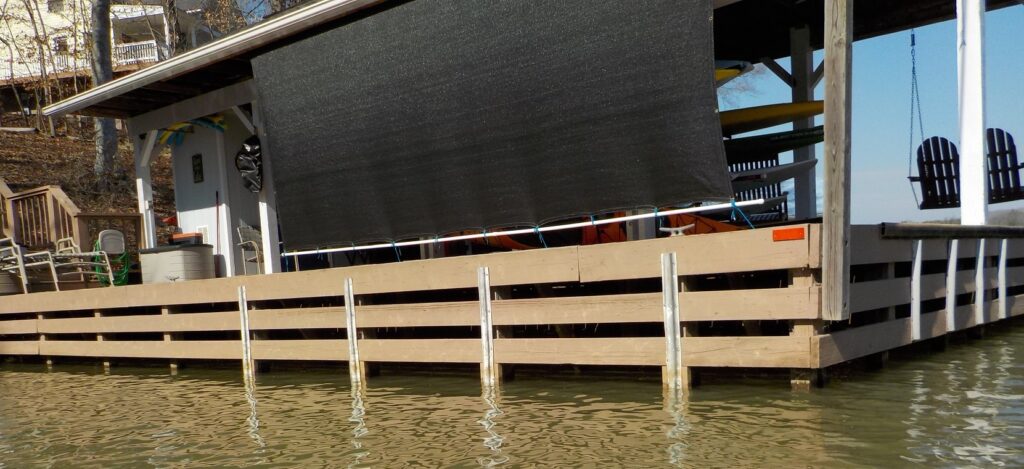
Subject to Wear and Tear
Cables are also subject to wear and tear. They come in different diameters and are made of several steels. Regardless of the type of steel – coated, plated, or stainless – the cables are made of strands that are woven together to create strength. Often, when the cable is wound on the roll-up bar, it can become pinched between the bar and the fixture attaching it to the dock beams.
When the cable becomes pinched, the individual strands can be cut and frayed, jeopardizing the strength of the cable. If a strand is broken, the cable should be replaced and the way the cable is spooled should be corrected.
Another area of concern is where the cable is attached to the cradle. This is typically done using pressure U-shaped clamps. Since these work based on friction and pressure, they are susceptible to slipping. Yearly inspection will ensure the clamps are in place and secure. No one wants to see a boat fall in the lift due to cables breaking, so a few minutes for an inspection will go a long way.
Each dock with a lift has electrical service, just like a home, which includes a labeled panel box, circuits, and breakers. These are installed for protection, and owners should have a basic understanding of where they are located as well as what and how they operate. Often, as a means of protection, circuits will trip and no longer feed electricity to the lift or other areas of the dock. When this happens, it is an easy fix. Simply access the panel box, locate the tripped circuit, and reset it. Unlike an appliance, the lift will also have a circuit on the power cord. This is a secondary measure of protection but is often overlooked when a lift stops working. The circuit is located within a few feet of the lift motor, along the electrical cord, and will need to be reset if it is tripped.
The final measure of maintenance is to make sure all the components are correct for specific lake toys. Lifts come in different sizes and hoist a range of weight limits. A 4,000-pound lift is ideal for a pontoon or fishing boat and double jet ski lift. A 6,000-pound lift will work well for a 21-foot surf and wake boat. The larger surf boats may require a double lift or 8,000-pound lift. It is important to identify the lift and make sure it is compatible with the boat. Next, check the diameter of the cables. A cable too small for the weight can snap and drop the boat. Finally, identify whether the circuit feeding the lift is adequate to handle the electrical draw placed on it by the motor. This will eliminate constant tripping and a smooth operation.
Summer should be fun and free of any issues and worries about the lift system. Taking a few minutes at the start and end of summer will ensure a carefree lake life. Please remember basic protocol when operating a lift. Unload all people and equipment prior to lowering the lift or hoisting it. Empty all surf tanks, water bladders, or weights before lifting the boat. And watch for waves that can rock the boat before inviting people to load the lowered boat. A safe dock is a fun dock.
Licensed Home & Dock Builder
Serving the Hyco Lake Area
(919) 270-4394











